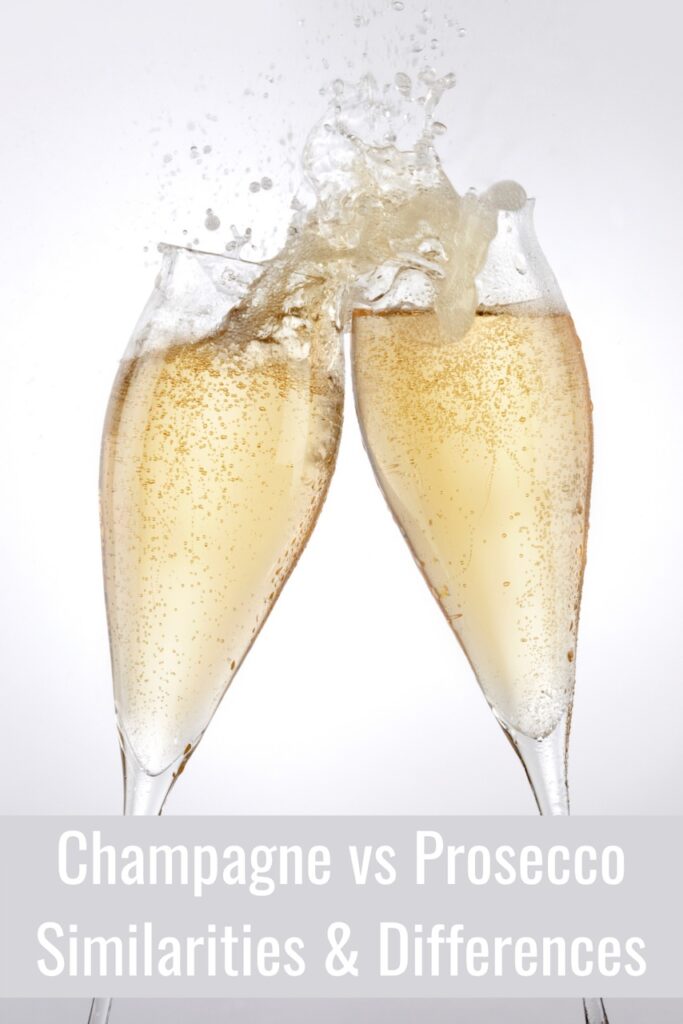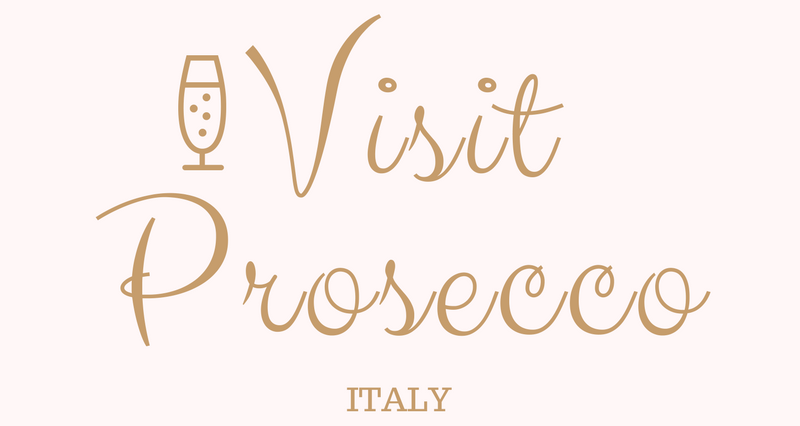Last Updated on November 16, 2023 by Jo Fitzsimons

Most of us enjoy popping open a bottle of sparkling wine now and again. Whether you’re celebrating a birthday, anniversary or the end of a long week at work, there’s nothing quite like a glass of fizz to lift the spirits. So, what’s your sparkling wine of choice? Chances are you end up reaching for a bottle of Prosecco or Champagne. Unsurprising, given that they’re the two most popular varieties around the world. But do you know the difference between the two? Let us give you the low-down.
Italian vs French Wine Regions
The most widely-known difference between Champagne and Prosecco is that Champagne is from the Champagne Region of France while Prosecco is from the Prosecco Region of Italy.
The Champagne wine region surrounds the towns of Reims and Épernay in the northeast of France. Champagne is a protected designation, which means that only sparkling wine from the Champagne region of France can legally be called Champagne.
Unlike Champagne, Prosecco doesn’t have a protected geographical location, which means it can technically be produced anywhere in the world. However, there is a system classifying how good a particular Prosecco is. DOC (Denominazione di Origine Controllata) wines have to meet strict standards to earn their DOC label, while DOCG (Denominazione di Origine Controllata e Garantita) have to achieve even higher production standards. Italy’s DOC Prosecco region is the Veneto and the Friuli Venezia Giulia regions in the north of Italy, and DOCG Prosecco is produced in the region between the hilltop towns of Conegliano and Valdobbiadene. You can find out more about Italy’s Prosecco region.
Glera vs Chardonnay Grape Varieties
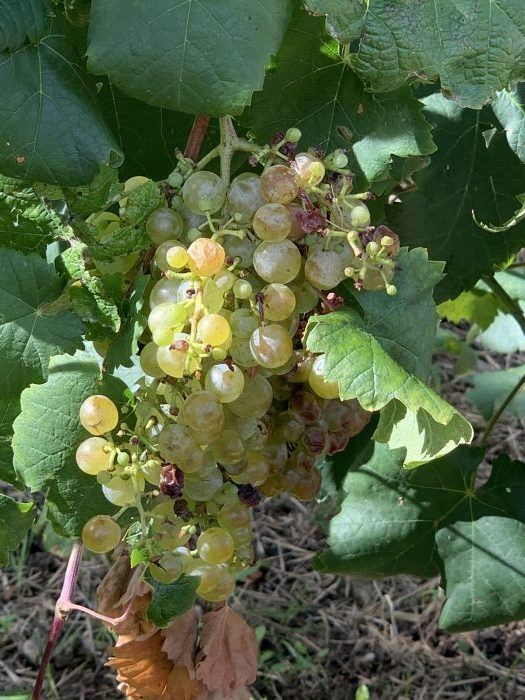
Another significant difference is that Prosecco and Champagne use different grape varieties.
The majority of Champagne uses three main varieties of grape – Chardonnay, Pinot Noir and Pinot Meunier. Four other grape varieties are also permitted, mainly for historical reasons. These are Arbane, Petit Meslier, Pinot Blanc, and Pinot Gris.
DOC and DOCG Prosecco, on the other hand, must be produced using 85% Glera grape. The additional 15% can consist of different local varieties, including Chardonnay, Pinot Blanche, Pinot Gris or Pinot Noir.
Charmat vs Champenoise Production Methods
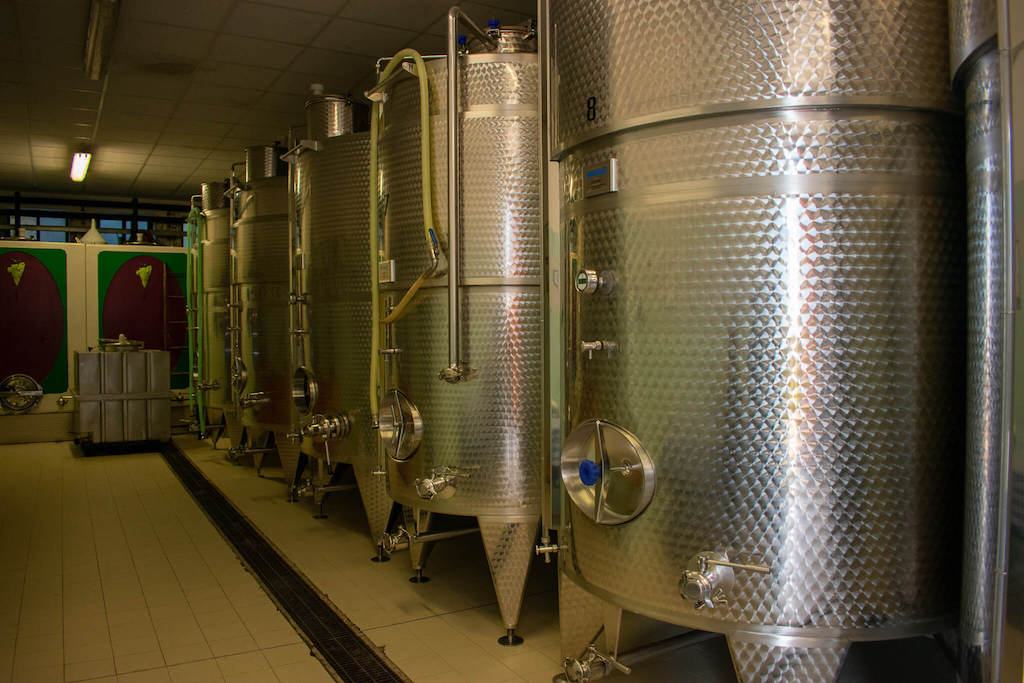
When making both Prosecco and Champagne, the carbon dioxide that creates the bubbles is produced during the second fermentation of the wine. However, the two varieties of sparkling wine use slightly different methods for this.
Champagne is produced using the ‘traditional method’ (or Method Champenoise), where the second fermentation happens in the bottle. Yeast and sugars are added to the wine, and the bottle is left neck down to ferment. The dead yeast cells collect in the neck of the bottle and are eventually frozen and removed.
Prosecco is made using the ‘Charmat method’ (or tank method), where the second fermentation happens in tanks. The wine is moved into large sealed pressurized tanks, and the yeast and sugars are added. The Prosecco then gets bottled after the fermentation is complete.
Affordable vs Luxury Price Tags
Prosecco was considered a cheaper and lower quality alternative to Champagne for many years. But the lower price of Prosecco doesn’t mean that it’s an inferior quality wine – sip on a good DOCG Prosecco, and you’ll know it can taste every bit as good as Champagne.
Prosecco is cheaper than Champagne because the tank production method (mentioned above) is easier and much less labour intensive than the traditional method. The more production hours that go into producing the Champagne result in higher prices. Add in the historical perception of Champagne as a luxury item and some savvy Champagne branding, and you can see why Champagne is overall more expensive than Prosecco.
The cheaper price tag means that Prosecco is an especially good choice for using in sparkling wine cocktails as a substitute for Champagne. Try adding it to your Mimosas or the simply serve the Italian peach-juice version, Bellini. Of course, Prosecco is most commonly served in the classic Italian aperitivo cocktail, Aperol Spritz.
Different Flavour Profiles
The two different production methods also result in different flavour profiles of Prosecco and Champagne.
Due to the varieties of grapes used, Champagne often has almond, white peach and citrus notes, while Prosecco has more fruity and floral notes. The closer contact with the yeast during Champagne’s fermentation can also result in cheese rind and toasty brioche aromas.
The higher-pressure carbonation of Champagne also results in finer, longer-lasting bubbles than the light and airy bubbles found in Prosecco.
Different Food Pairings
Champagne and Prosecco are both excellent wines to enjoy on their own or to pair with different foods. Both sparkling wines can come in dry and sweet varieties, changing the flavours that pair well with them. But in general, there are certain foods and dishes that pair best with each wine.
Champagne tends to be dry and high in acidity, so it pairs best with salty and fatty foods. Try pairing a glass of Champagne with shellfish, fried appetizers, pickled vegetables or even fried chicken.
Prosecco’s high acidity and natural sweetness pair best with acidic, sweet, fatty and salty flavours. Prosecco and many Italian cheeses like Parmigiano-Reggiano are indeed a match made in heaven. You can also pair Prosecco with dishes such as pizza, fish and chips, spicy Asian curries, as well as plenty of sweet pastries and desserts. For more, check out our guide to pairing Prosecco and food.
Related: Gelato vs Ice Cream vs Sorbet – What’s the Difference?
Prosecco vs Champagne: Some Similarities
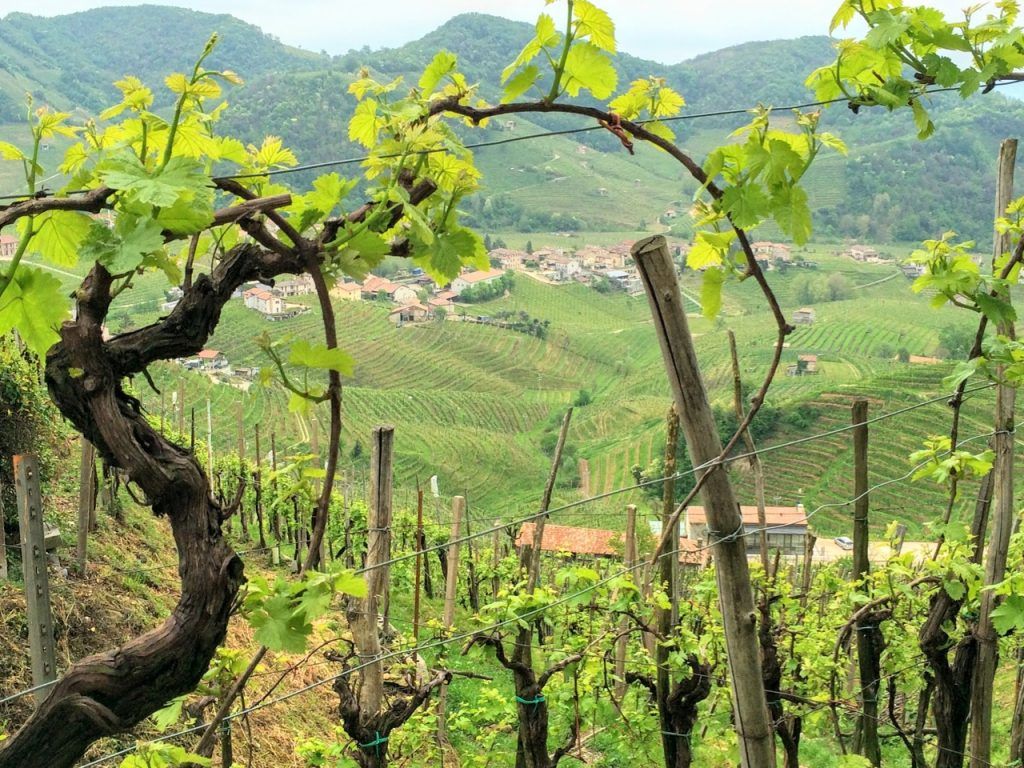
Is prosecco the same as Champagne? No, as the list above tells us, they’re not, but the two do have some similarities amongst the differences.
Both Are Sparkling Wines
The most significant similarity between Prosecco and Champagne is that they are both varieties of sparkling wine. Sparkling wines are fizzy or bubbly due to the carbon dioxide.
Both Can Come As White and Rosé
Until recently, Champagne could be produced in both white and rosé varieties, while Prosecco was only available as a white sparkling wine. However, in 2020, a Prosecco rosé category was finally approved. Although the decision hasn’t been widely supported by many historic Prosecco wineries that produce DOCG Prosecco (the superior stuff), we expect to see Prosecco rosé soar in popularity over time.
Both Wine Regions Are UNESCO World Heritage Sites
The Champagne region and the Prosecco Hills are UNESCO World Heritage Sites due to their historical significance and natural beauty. For wine lovers, a visit to the rolling vineyards and the charming wineries of both areas is a must.
Did you know Italy’s Prosecco wine region is only 1hr from Venice? Find out more about the Prosecco Region and check out our Prosecco Wine Tours here.
What About Other Sparkling Wines?
While Prosecco and Champagne are perhaps the most widely known varieties of sparkling wine, they are by no means the only ones available. Some other sparkling wines from around the world include:
- Cava from Spain
- Crémant from France
- Asti from the Piedmont region of Italy
- Trentodoc from the Trentino region of Italy
- Californian Sparkling Wine
- English Sparkling Wine
Champagne or Prosecco – Will your guests spot the difference?
Whether you’re hosting a fancy dinner party where you want to impress or you’re bulk buying for a special occasion like a wedding, you might be wondering whether you can ‘get away’ with serving Prosecco compared to its more luxury-branded sister, Champagne. The answer is, from taste alone, your average wine drinker will not be able to tell whether they are drinking Prosecco or Champagne. Of course, the wine bottle may give things away but keep in mind that many Champagne brands beyond those from the big Champagne houses are not that readily identifiable either.
Most of all, Prosecco has its own luxury side and it competes very well with many Champagnes. I’d personally rather sip a good quality Prosecco than a poor quality Champagne, just for the sake of a word on a label. (Personally, I find I end up with less of a hangover too). If you’re choosing for an event, try doing a bling wine tasting at home and see if you can spot the difference – I suspect not (sometimes even I find it hard). Most of all, always choose the wine you like to drink, since you’re the one hosting and paying for it – your party, your wine choice. If anybody even hints at turning up their nose, whisper, “It’s from Italy, Dhaarling,” and make a mental note to uninvite them from your next party.
So which is the best sparkling wine? Well, that’s entirely up to you. Everyone has different preferences. You’ll have to taste a few to find out which one is for you.
Related Articles:
- 12 Easy Prosecco Cocktails To Make At Home
- Classic Aperol Spritz Recipe (& Some Variations)
- Classic Negroni Recipe & 5 Twists on the Original
- Easy Classic Peach Bellini Recipe & 5 Fun Alternatives
- How to Make A Mimosa & 5 Fruity Alternatives
- Ultimate Prosecco Food and Wine Pairing Guide
- 10 Top Italian Wines You Need To Know
- What is Prosecco – Everything You Want To Know
- How to Buy Good Prosecco
- 14 Types of Italian Cheese Everyone Needs To Know
- 11 Best Italian Pastries (With Recipes)
- 14 Famous Italian Drinks To Try In Italy (Or At Home)
- There’s a Prosecco Vending Machine in Italy – Here’s How To Visit
- 7 Simple Steps To Host a Wine Tasting at Home
- 15 Best Hangover Foods (and Foods to Avoid)
- How to Ease Your Hangover in 7 Simple Steps
Share it on Pinterest
